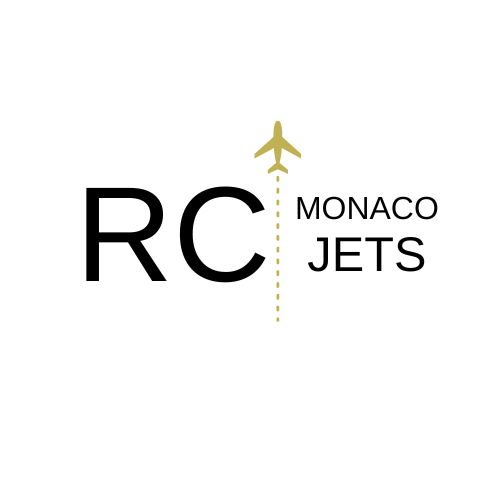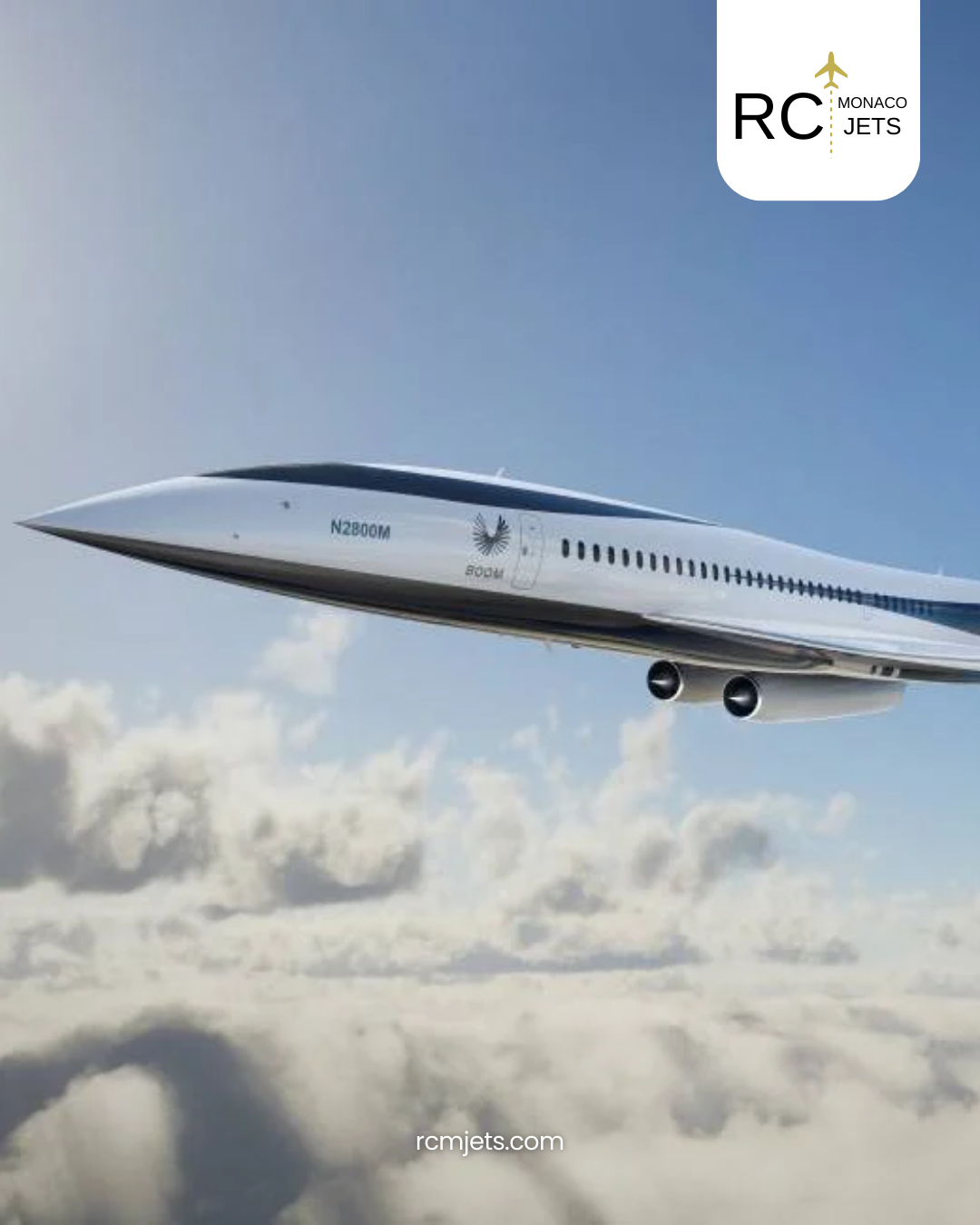The aviation industry is about to take a significant technological leap with the development of the Overture, a supersonic aircraft that promises to revolutionize the air transport market. Developed by Boom Supersonic, the Overture not only seeks to revive the legacy of the iconic Concorde, but also introduces innovations that place the aircraft at the forefront of technology. One of the most striking features of the new aircraft is its software architecture, which is compared to that used by Tesla in its electric vehicles.
The legacy of the Concorde and the rise of the Overture
The Concorde, which operated between 1976 and 2003, was a landmark in the history of aviation, being the first commercial supersonic aircraft to carry passengers at speeds above Mach 2 (twice the speed of sound). Now, the Overture is an attempt to revive the concept of supersonic travel, but with a modern and sustainable approach.
Boom Supersonic, the company responsible for developing the Overture, promises that the aircraft will be able to carry up to 88 passengers at speeds of up to Mach 1.7, cutting international travel times in half. In addition, the company claims that the plane will be carbon neutral from day one of operation, using sustainable aviation fuels (SAF).
One of the most intriguing innovations of the Overture is its software architecture, which is often compared to that used by Tesla in its electric cars. Tesla revolutionized the automotive industry by introducing vehicles that are essentially computers on wheels, with highly integrated software systems that allow for over-the-air updates, advanced automation, and a personalized user experience.
The Overture takes a similar approach, using a centralized software architecture that allows for the integration of multiple aircraft systems, from fuel management to flight control. This integration not only improves operational efficiency, but also allows the aircraft to receive software updates throughout its lifetime without the need for significant physical intervention.
Continuous Updates: Like Tesla cars, Overture will be able to receive software updates that improve the aircraft’s performance, safety and efficiency. This means the aircraft can evolve over time, incorporating new technologies and features without the need for major physical modifications.
Increased Operational Efficiency: Systems integration allows for more efficient management of aircraft resources, such as fuel and energy. This not only reduces operating costs but also contributes to the sustainability of the aircraft.
Enhanced Safety: With highly integrated software systems, Overture can monitor and respond to flight conditions in real time, improving passenger and crew safety.
Personalized Passenger Experience: The software architecture also allows for greater personalization of the passenger experience, from individualized entertainment systems to environmental comfort adjustments.
Despite its promise, implementing such an advanced software architecture on a commercial aircraft is not without its challenges. Aviation is a highly regulated industry where safety is a top priority. Any software failure could have catastrophic consequences, requiring a rigorous testing and certification process.
Furthermore, relying on centralized software can make the aircraft vulnerable to cyberattacks. Boom Supersonic will need to invest heavily in cybersecurity to ensure that the Overture is protected against digital threats.
The Overture represents a new chapter in aviation history, combining the allure of supersonic travel with the latest innovations in software technology. By adopting a Tesla-like software architecture, Boom Supersonic is not only modernizing the flying experience, but also setting a new standard for the aviation industry.
If successful, the Overture will not only redeem the legacy of the Concorde, but will also pave the way for a new era of air travel, where speed, efficiency and sustainability go hand in hand. The future of supersonic travel is about to take off, and the Overture is at the forefront of this revolution.

